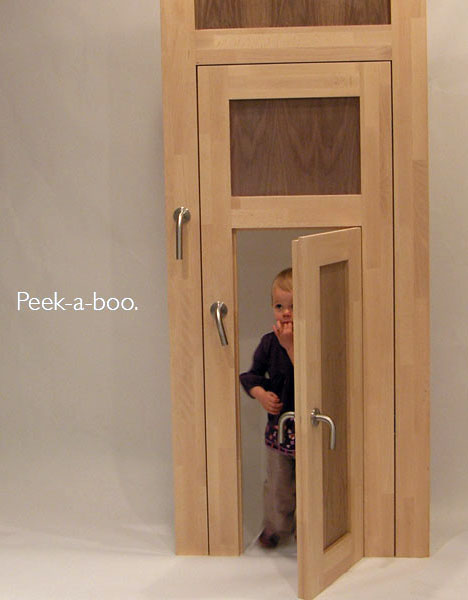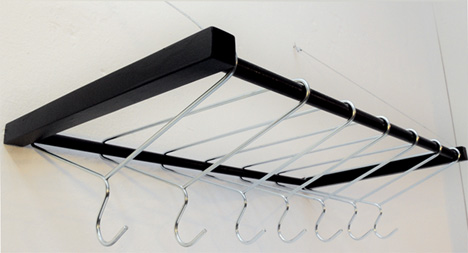![United_States_two-dollar_bills_in_shrink_wrap.jpeg]() By Edward Betts (Own work.) via Wikimedia Commons
By Edward Betts (Own work.) via Wikimedia Commons
If I could convince you of one thing, it would be this: Crowdfunding is not Nyan Cat. Nyan Cat will be the answer to a Trivial Pursuit question in 10 years or so. If it's lucky. Crowdfunding is radically changing the way things are made.
That's why it bugs me when I see the inevitable Internet eye-rolling starting to take place. "Oh great, another Kickstarter project." Look past the avalanche of Apple related accessories. Lower your designer snark rays for just a moment. Just because something is trending on the Twitter, doesn't make it bad.
Crowdfunding is the most important thing to happen to industrial designers and people who are interested in making things since, oh I dunno, CAD? Outsourcing? 3D printing? User-centered research? I know that's pretty big talk for something that's only been in the design community consciousness for a year or two, but think what crowdfunding means for a solitary designer or a small team of people who have a *really great* idea and the know-how to get it made, but no money.
Think of all of the times you have been in meetings with people who make decisions that designers are generally not allowed to make. Think of bringing your hacked up prototype to a bank and explaining to the loan officer that "Yes, even though this is made out of blue foam, the actual thing will be made from molded plastic." Think of building up enough courage to go it alone, and then staring at the ceiling at night worrying if you are committing your family to eating ramen for the next couple of years while you chase your crazy dream. Think of having investors tell you they love everything about your idea, except 80% of it. And the color.
Now think of side-stepping all of that. You refine your idea on your own. You talk to manufacturers and see what it would take to get it made. You work out the budget. You shoot a video marketing the idea and explaining what you need to get it done.
You launch it.
Maybe it doesn't get funded. But at least then you can say that you tried and failed on your own terms, without going tens or hundreds of thousands of dollars into debt. At the very least, you have an interesting portfolio piece to talk about and maybe if you're feeling frisky, you refine it further and try launching it again.
But what if it does work? You get funding. You get confirmation that your idea is good and should exist. Holy crap.
Herein lies the revolutionary aspect of crowdfunding: Product designers can finally tap into the Internet money pipe. For years we have had to sit on the sidelines while nascent web companies attract investors or bootstrap it themselves. It's not because we're lazier than Mark Zuckerberg. It's because the cost of entry into shipping atoms is dramatically higher (both in time and money, but especially money) than it is to ship electrons.
To start Facebook you need the skills, a laptop, a server, and a few months of late nights. (This is a dramatic oversimplification. Sorry Zuck and every software/internet developer ever.) To start a company that gets something manufactured, you need all of that plus a ton of cash. Prototyping, tooling and fulfillment are tremendously resource intensive. Have you ever wondered why VCs tend to back web startups, but for the most part leave hardware startups alone? Money. Crowdfunding lowers the money barrier.
Ok great, so some dude can get the money he needs to make an iPhone case that mounts to his forehead. Hey, what did I tell you about the snark rays? Let's think bigger picture here. What are the long-term implications of designers having a lower barrier for funding their pet projects?
(more...)
![]()
![]()
![]()












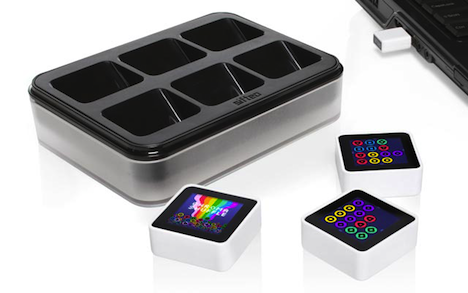

 All photos by Petr Krejci
All photos by Petr Krejci
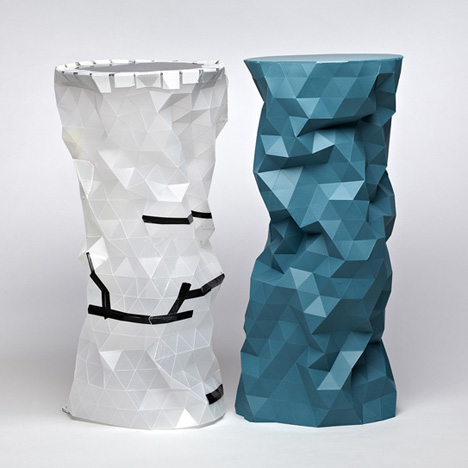






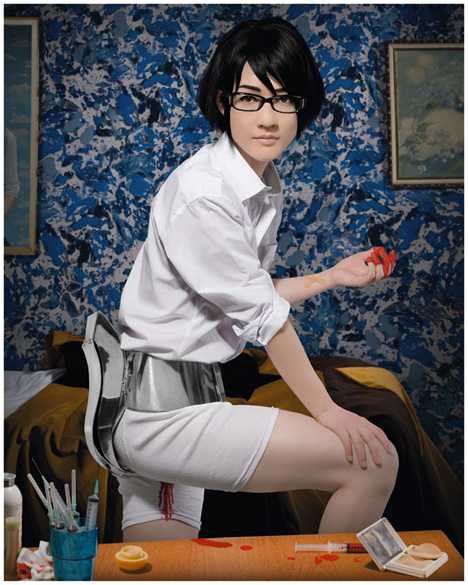 Menstruation Machine by Hiromi Ozaki
Menstruation Machine by Hiromi Ozaki Crowbot Jenny, by Hiromi Ozaki
Crowbot Jenny, by Hiromi Ozaki Sushiborg Yukari, by Hiromi Ozaki
Sushiborg Yukari, by Hiromi Ozaki



















